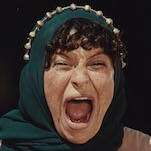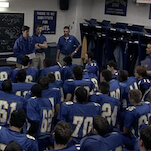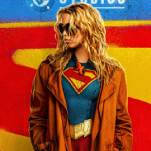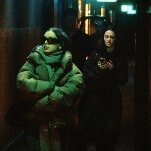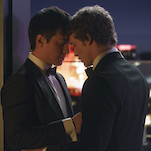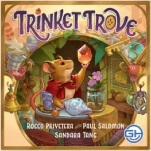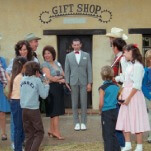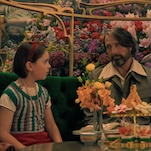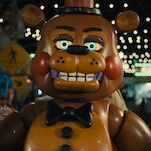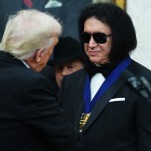Interview With The Vampire recap: “It’s a story of love, not of butchery”
In the season's penultimate episode, Madeleine, Claudia, and Louis stand trial
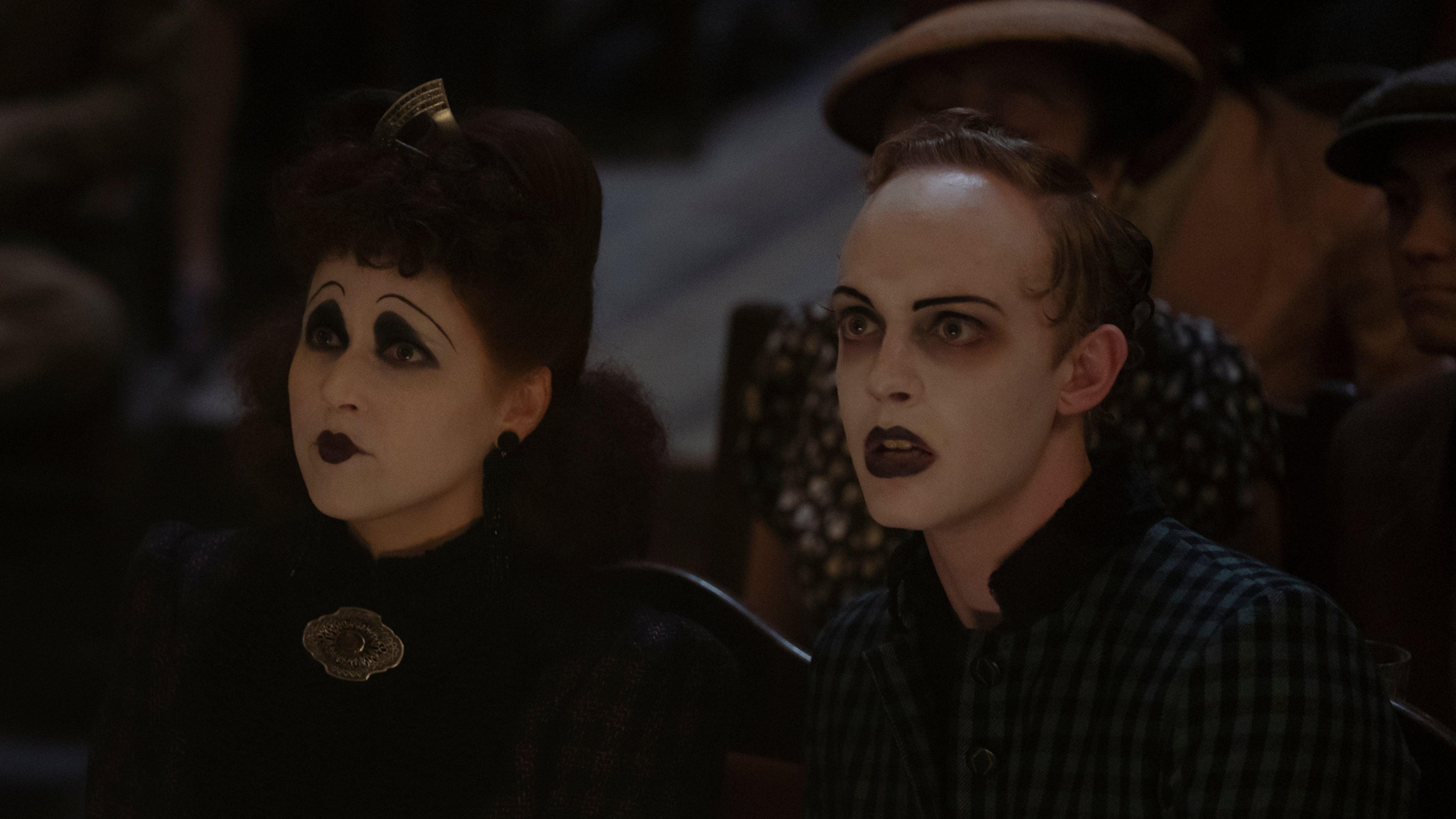
“The vampires out there are vicious,” so Lestat had told Claudia when she returned from years away and had voiced her intention to cross the Atlantic to pursue monsters like her from the old world. Those words had set up a violent, heartbreaking fight between Lestat and his lover Louis. And with “I Could Not Prevent It,” they now echo like the presaging warning they were intended as. For here, as these three reunite once more (on stage, no less—how apt!) we see just how vicious those vampires are. So vicious, in fact, they prove to be Claudia’s own undoing.
This Paris-set season has long been leading up to this moment: the one when Claudia’s journals come to a screeching halt. When her story ends in a blaze—not of glory, alas, but of righteous anger. But we’ll get to that in a moment.
Last we knew, Louis, Claudia, and Madeleine had been abducted, sold out as they were by Armand to the vampire coven who’d been busy preparing a stage show for the ages. Louis recalls little of the abduction, only the cruelty inflicted on the three, who were badly injured before being trotted out for an admiring audience eager to see the Theater des Vampires’ latest production, a The Crucible for the Parisian crowd eager to be involved in a presumably fictional trial. And what a trial! Santiago & Co. spared no effort (or expense, it looks like) when designing the most theatrical way to torture these three vampires. There are wigs! There are costumes! There’s even the most elaborate animated projections they’ve produced yet!
The setup is simple: Bloody and beaten, with their cut ankles keeping them from moving too much and their brains mush through the whims of the entire coven’s telepathic powers, Madeleine, Claudia, and Louis are centerstage as they’re tried for the murder (well, attempted murder) of one Lestat de Lioncourt. In a powder wig and robes to match, Santiago oversees the proceedings with a deliciously devilish attitude. He’s in his element playing ringleader to this farce of a scripted trial.
And he is most proud of the two pieces of evidence that damn Claudia and Louis (less so Madeleine): the young-appearing vampire’s journals and, of course, the testimony of Lestat himself who appears onstage soon after Louis himself senses him in the building.
Lestat’s return to the stage is a delight. This is clearly where he belongs, basking in the adoration of an audience who cannot help but be beguiled by the striking blond vampire. No matter that he often goes off book and rankles Santiago’s stern proceedings. The audience loves him, and would follow him wherever he went.
The journey he takes them on is one those of us at home watching Interview With The Vampire have already seen: His testimony is, in a way, is a chronicle of the season not from the point of view of Louis through his interview nor or Claudia through her journals (arguably how both Daniel and we have experienced the show) but through the perverted visions of Lestat and Santiago.
With animated sequences helping tell his side of the story, Lestat’s scripted tale feels like a rewriting of what’s happened—or what we’ve been told has happened. For instance, onstage Lestat offers up a tale about how it was Louis who first pursued him, who seduced him, who made him open his heart (and fangs) after having lost his first love (the reason he moved to New Orleans in the first place). He even recasts his own words (“Come to me!”) as words said by Louis.
The more Lestat warps their love story, with Louis unable to set the record straight, his thoughts and lips sealed and garbled by the coven around him, the more we’re encouraged to wonder how biased what we’ve seen so far has been. Especially when, in the middle of telling his teary version of how Claudia was first made, Lestat gets Louis to (in the present) suggest to Daniel that he go with that retelling over his own and Claudia’s. Decades have helped him see that there may be some truth in how Lestat presented that pivotal moment between them and the many fights that ensued.




